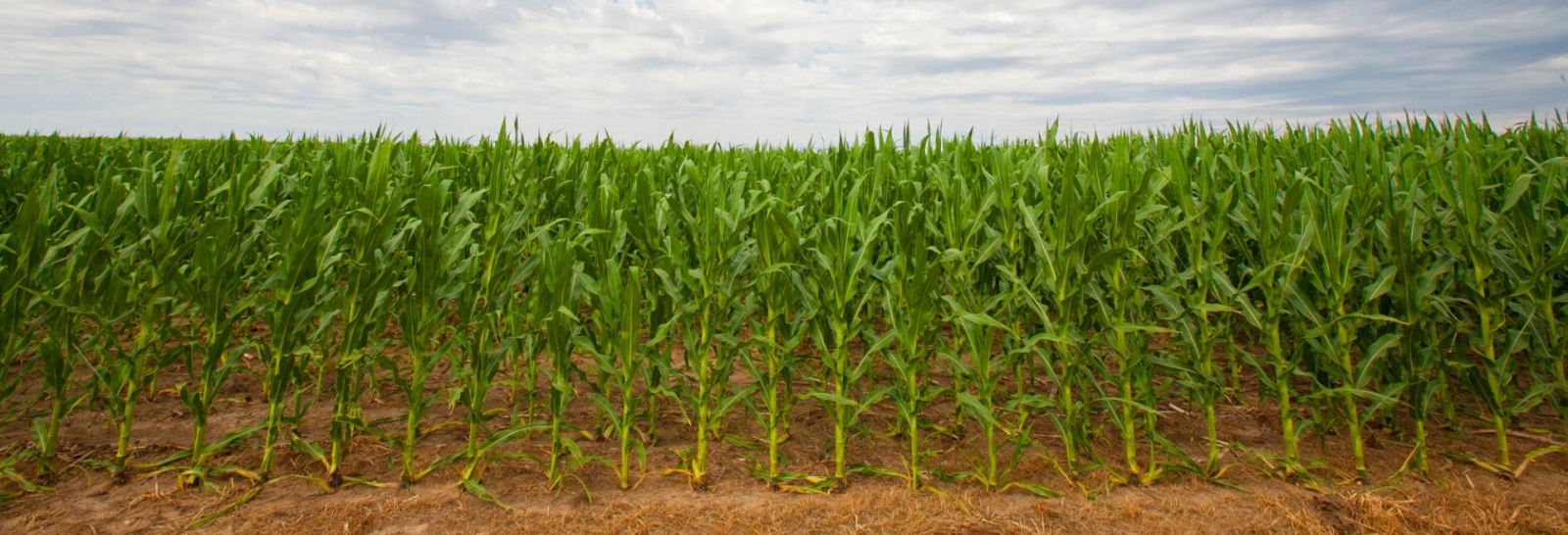Feb. 1, 2016
With much of Nebraska facing blowing snow / blizzard conditions this week, here are a few reminders to highlight:
Major immediate concerns for animal losses include:
- Exposure and isolation of unhoused animals from feed and water
- Move cattle to areas that offer better wind protection and access to feed and water
- Prepare to implement emergency plans to transport feed to the animals
- Catastrophic (for an operation) death loss of livestock/poultry in mechanically ventilated buildings from power failure
- Ensure that generator and/or drop curtains work
- Ensure that alarms are functional, especially for remote facilities
Other major concerns include:
- Drifted snow and mud in outdoor confinement areas may reduce performance and may result in additional death losses
- Put up snow fence or create temporary snow barriers where shelterbelts are not in place or established yet
- Prepare to implement plans to remove snow from critical pen area
- Prepare to add bedding or take other measures to offer relatively dry areas for confined animals
- Snow on roofs may lead to building collapses
- Ensure that snow fencing is properly placed to avoid dropping out blowing snow onto roofs
- Have an emergency plan ready for where surviving animals would go in the event of a building collapse
- Snow entry into buildings may cause issues for livestock and management
- Snow fence or temporary /barriers can reduce snow entry into sidewall/eave air inlets. If windward air inlets are closed in preparation for a severe storm, they must be re-opened soon after the storm has passed.
- Placement of a snow barrier extending southward from the southwest corner of an east-west building should cause snow to drop outside instead of inside an open-front building.
Resources
For more information, see:
- Windbreaks for Livestock Operations, http://nfs.unl.edu/documents/windbreaklivestock.pdf
- Mud Effects on Feedlot Cattle, http://beef.unl.edu/c9405542-1c41-4b9c-a143-f192e1e72917.pdf
- Cattle nutrition requirements change during extended periods of cold weather, http://beef.unl.edu/pq-cattlecoldweather
Richard Stowell
Extension Specialist – Animal Environment
